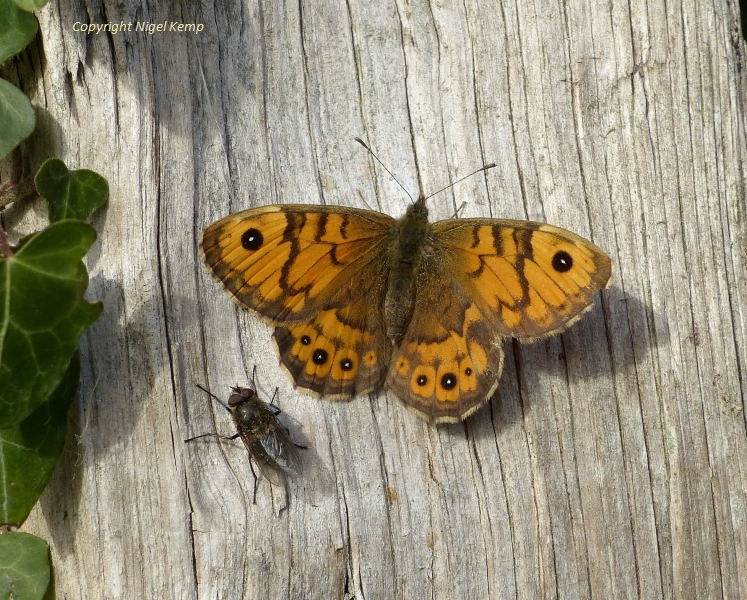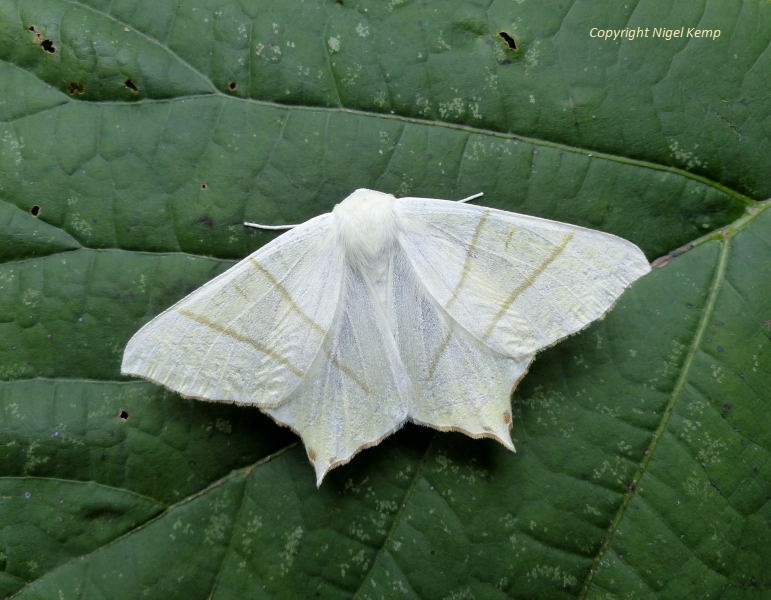This is the time of year when I look back at some of the photographs that I didn't get around to posting. Once the new breeding season gets underway then the life of the amateur naturalist can become rather busy as one tries to keep up with the varying emergence times of different species.
Puss Moth (Cerura vinula)
The larva of the Puss Moth is a fascinating creature and when I found four early-instar specimens feeding on a small sallow bush beside a hedgerow on Pevensey Levels in early June, my intention was to observe them through to maturity. Sadly this was not to be and a week later they had all vanished, probably predated upon by a bird.
Apart from the curious postures that the larva adopts, its most obvious feature is the modification of its tail claspers into flagella. When at rest, what you see is the flagellum sheath but when the larva is threatened, the whip-like structures emerge from the sheaths and are waved over its back to deter predators such as parasitic flies.
Larva feeding on sallow.
Larva in resting posture.
Larva in defensive posture with flagella being waved over its back.
Three ova on a sallow leaf, two of which are showing emergence holes.
Common Wasp (Vespula vulgaris)
Whilst checking out a local Wealden pond for any interesting damselflies back in early September, I noticed that several Wasps were walking about on the lily pads. On closer inspection they were feasting on tiny aphid-like creatures that were emerging from the water in abundance and leaving their shed skins floating on the water surface.
Rhododendron Leafhopper (Graphocephala fennahi)
This non-native species of bug has been established in southern England since the early 20th century. A native of North America, I spotted this mating pair on a rhododendron leaf in a National Trust garden in August. Once I had got my eye in, there were thousands of them!






























































